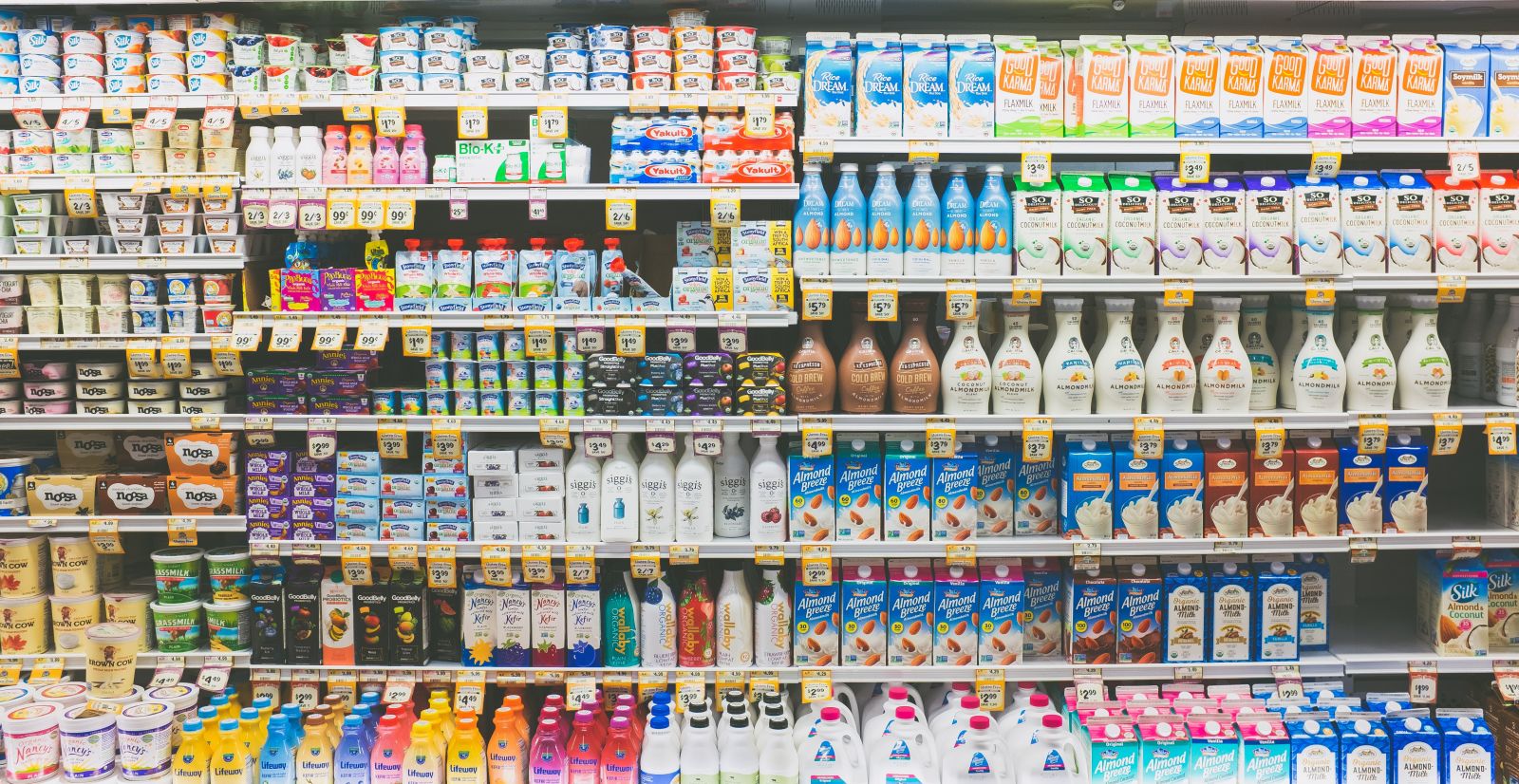
In my Q2 Barchart report on the soft commodities sector, I highlighted that FCOJ futures rose to a record peak in Q2 2023. I wrote, “Soft commodity prices can rise or fall to levels that defy reasonable, rational, and logical analysis, making trend-following the best trading method for the sector.”
Nearby FCOJ futures settled at $2.7175 per pound on June 30 after reaching a $2.9590 high in May. While the orange juice futures rose only 0.83% in Q2, they were 31.66% higher over the first six months of 2023, leading the soft commodity sector on the upside. FCOJ posted the second-highest gain in 2023 behind feeder cattle over the first half of this year.
While the price closed Q2 below the May record high, FCOJ futures remained in a bullish trend. Trend-following was the optimal approach to the market as the soft commodity continues to make higher highs in Q3.
New highs in FCOJ as the price eclipses $3 and keeps on rallying
The bullish trading pattern in the FCOJ futures market is nearly two decades old.

The continuous contract chart dating back to 1967 shows after reaching a 54.20 cents per pound low in May 2004, FCOJ futures have consistently made higher highs.
After reaching a record $2.35 per pound peak in November 2016, the price corrected below the $1 level in 2019 and 2020 before blasting off on the upside. The latest rally took the September futures to $3.4115 per pound on August 17.
Floridian production declines- U.S. imports rise
Florida typically produces most of the oranges consumed in the United States. Hurricanes Ian and Nicole hit the sunshine state in the fall of 2022, and a subsequent winter freeze devastated orange crops that were already thinned by citrus greening, a crop disease that cuts off critical nutrients to orange trees. Moreover, migration to Florida from other states over the past years has caused a building boom, decreasing orange groves.
In late 2021, the U.S. Department of Agriculture projects that Florida would produce 20 million boxes of oranges, a 51% decrease from the previous year and the smallest crop since the 1936-1937 season. In July 2023, the USDA revised its forecast downward to 15.9 million boxes.
The U.S. has increased imports from international producers to compensate for the production decline.
Brazil is the leading producer, and output has declined
Brazil leads the world in orange production.

Source: Statista
As the chart highlights, Brazil produced more than double the number of oranges in 2021/2022 than second-place China. Brazilian output was nearly five times the U.S. output during that year. The E.U. and Mexico produce more oranges than the U.S.
Mexico’s output has suffered from drought conditions. Moreover, bad weather has plagued Brazilian crops. The worldwide orange market is tight, suffering from very low inventories, pushing prices higher.
Is orange juice a staple?
In any commodity market, the cure for high prices is those high prices. Production tends to increase when prices increase. Moreover, the elasticity of demand often causes it to decline as prices rise. When demand decreases and production increases, prices tend to peak and turn lower. In volatile agricultural soft commodity markets, the corrections can be significant.
While crude oil, grains, and other energy and food commodities are staples, with less demand elasticity, orange juice may not fall into the staple category to the same degree. Sky-high prices will likely cause demand to decrease. According to the U.S. Bureau of Labor Statistics, in the year through June 2023, the cost of non-frozen, non-carbonated juices and drinks rose 8.2%.
On Walmart’s website, a 52-ounce bottle of Tropicana Original No Pulp 100% Orange Juice cost $3.98 on August 17, 2023. The recent move to a new all-time high will likely cause prices to rise from the current level. If consumers do not view OJ as a staple, the demand could fall, leading to a dramatic price plunge.
There are no ETFs- Futures are the only option
As I wrote on July 10, prices tend to rise to levels that defy reasonable, rational, and logical analysis. While the trend in FCOJ remains higher, and supply fundamentals support the rally, prices have increased to unreasonable and, perhaps, unsustainable levels. The trend remains bullish, but FCOJ futures are at lofty levels, increasing the potential for a sudden and significant price correction.
The only route for a risk position in FCOJ is via the futures on the Intercontinental Exchange. With under 10,000 contracts of open interest, the total number of open long and short positions in the FCOJ futures market, FCOJ is the least liquid soft commodity, often leading to increased price variance during rallies and downside corrections. There are no ETFs that track FCOJ prices, as the low liquidity precludes hedging the price risk.
OJ prices are in dangerous territory above $3 per pound, but the trend remains bullish, and higher highs are possible. Fighting a trend can be more than challenging. When the trend bends, we could see OJ prices fall as fast, if not faster, than they rallied.
On the date of publication, Andrew Hecht did not have (either directly or indirectly) positions in any of the securities mentioned in this article. All information and data in this article is solely for informational purposes. For more information please view the Barchart Disclosure Policy here.






